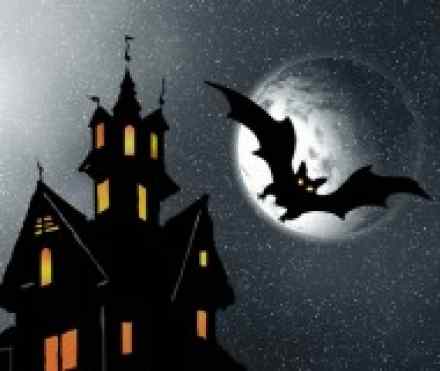
What is it?
Night terrors are episodes of fear, flailing and screaming while asleep. Night terrors are often paired with sleepwalking.
Although night terrors are more common in children, they also can affect adults. A night terror episode usually lasts only a few minutes.
Night terrors are relatively rare, affecting only a small percentage of children — often between ages 4 and 12 — and a smaller percentage of adults. However frightening, night terrors aren't usually a cause for concern. Most children outgrow night terrors by adolescence.
Symptoms
Night terrors differ from nightmares. Whereas the dreamer of a nightmare wakes up from the dream and remembers details, people with night terrors remain asleep. Children usually don't remember anything about their night terrors in the morning. Adults may recall a dream fragment they had during the night terrors.
Like sleepwalking and nightmares, night terrors are a parasomnia — an undesired occurrence during sleep. Night terrors usually occur during the first third of the sleep period for children. For adults, night terrors can happen anytime during the night.
During a night terror episode, a person might:
- Sit up in bed
- Scream or shout
- Kick and thrash
- Sweat, breathe heavily and have a racing pulse
- Be hard to awaken
- Get out of bed and run around the house (more common in adults)
- Engage in violent behavior (more common in adults)
- Stare wide-eyed
Causes
Various factors can contribute to night terrors, including:
Night terrors sometimes are associated with underlying conditions that affect sleep, such as:
- Seizure disorders
- Sleep-disordered breathing — a group of disorders characterized by abnormal breathing patterns during sleep, the most common of which is obstructive sleep apnea
- Migraines
- Stroke
- Hyperthyroidism (overactive thyroid)
- Head injuries or brain swelling
- Premenstrual period
In other cases, use of alcohol, illicit drugs or certain medications — including some antibiotics, antihistamines, sedatives and sleeping pills — can trigger night terror episodes.
Risk factors
Night terrors tend to run in families. Adults who have night terrors may have a history of bipolar disorder or some depressive or anxiety disorders, although it's unclear how strong the association is.
Complications
Night terrors aren't necessarily a concern, but regularly disrupted sleep can be. It can cause excessive daytime sleepiness, which can lead to difficulties at school or work, or problems with everyday tasks such as driving.
Harming self or others is another possible complication during night terrors.
Diagnosis
Night terrors are usually self-diagnosed. Your doctor may do a physical or psychological exam to identify any conditions that may be contributing to the night terrors. In some cases, observation or tests in an overnight sleep lab may be recommended.
References
http://www.webmd.com/sleep-disorders/night-terrors
http://www.healthline.com/health/night-terrors
http://www.emedicinehealth.com/night_terrors/article_em.htm
http://www.mayoclinic.org/diseases-conditions/night-terrors/basics/definition/con-20032552


